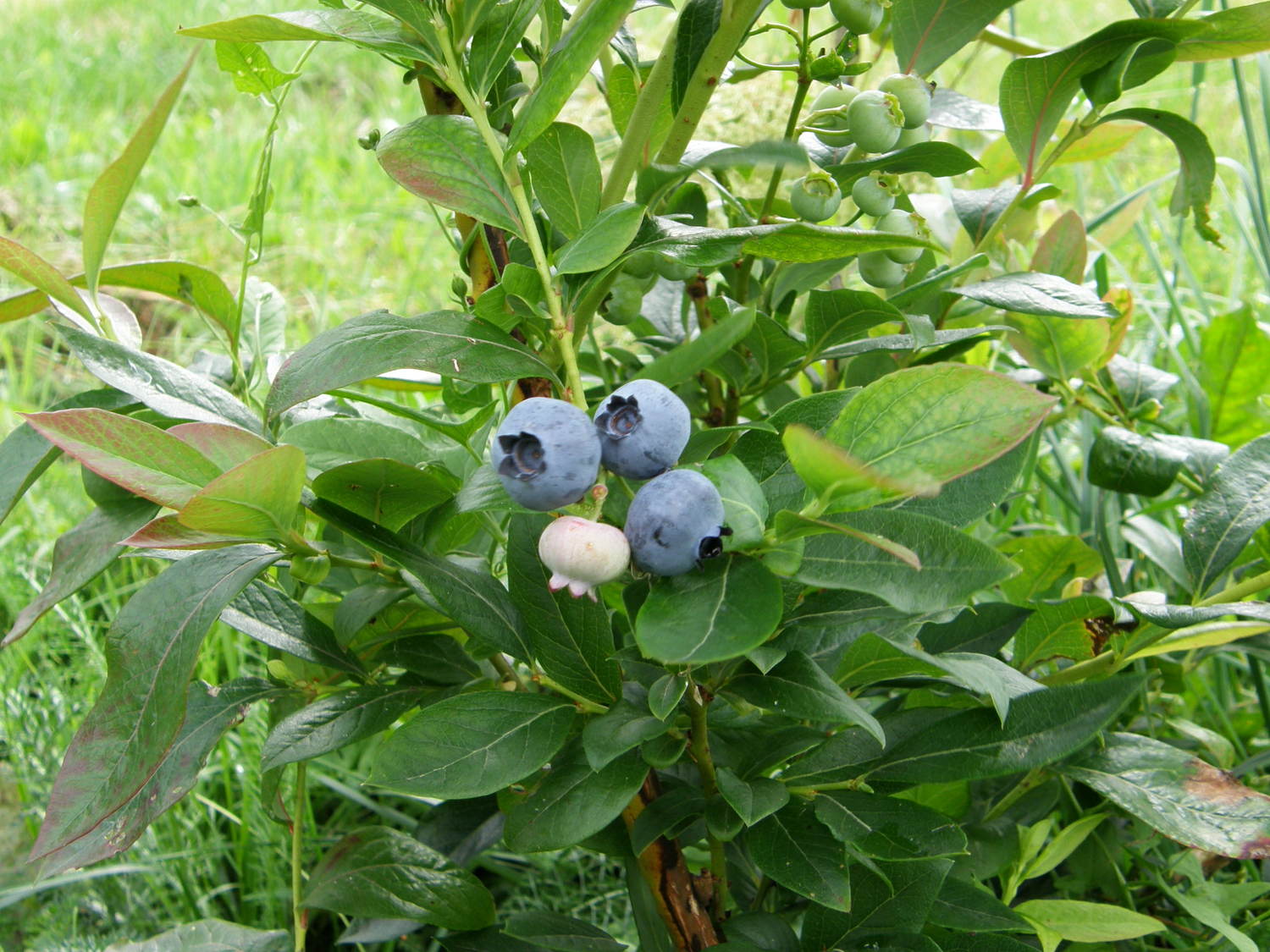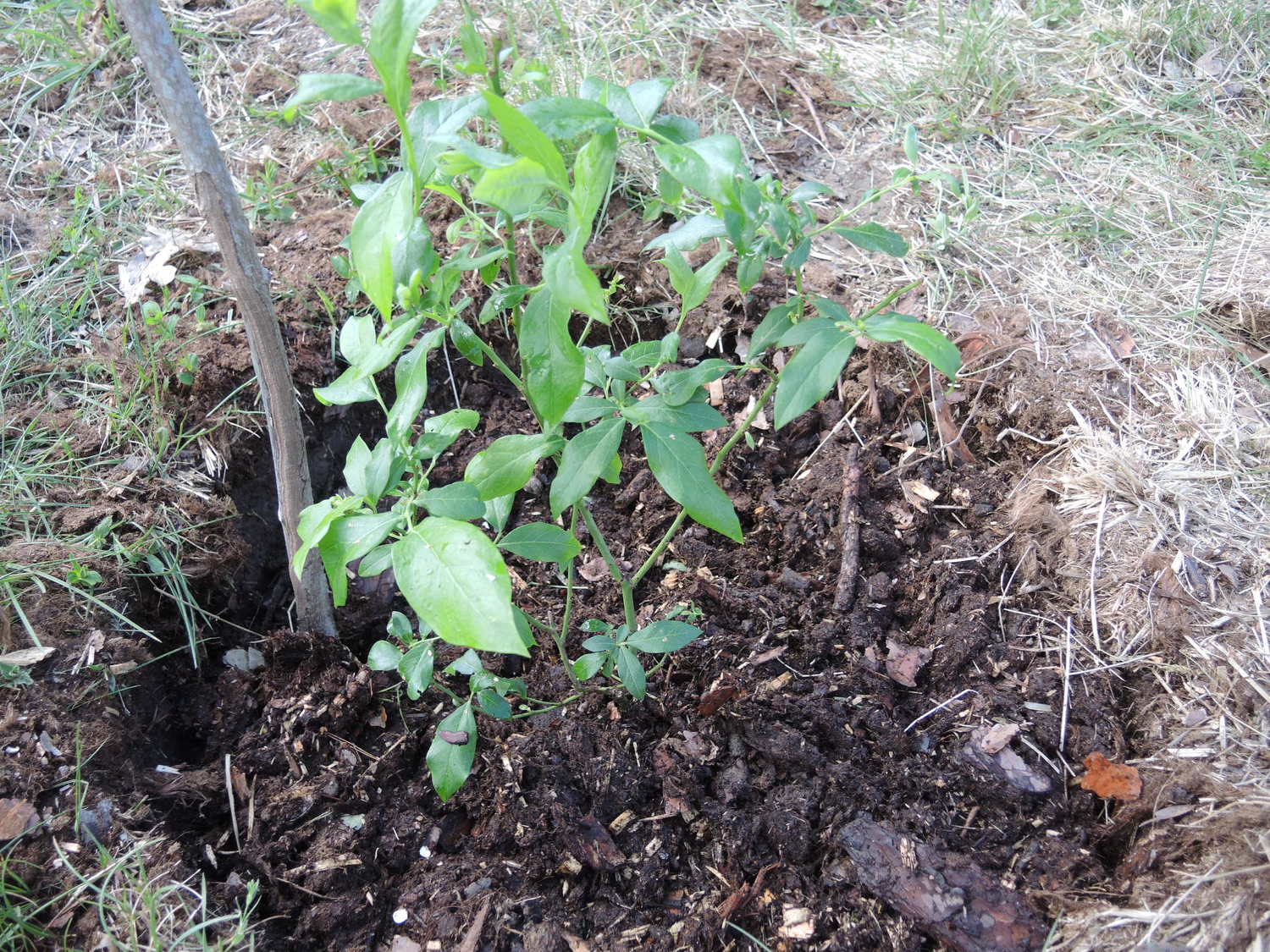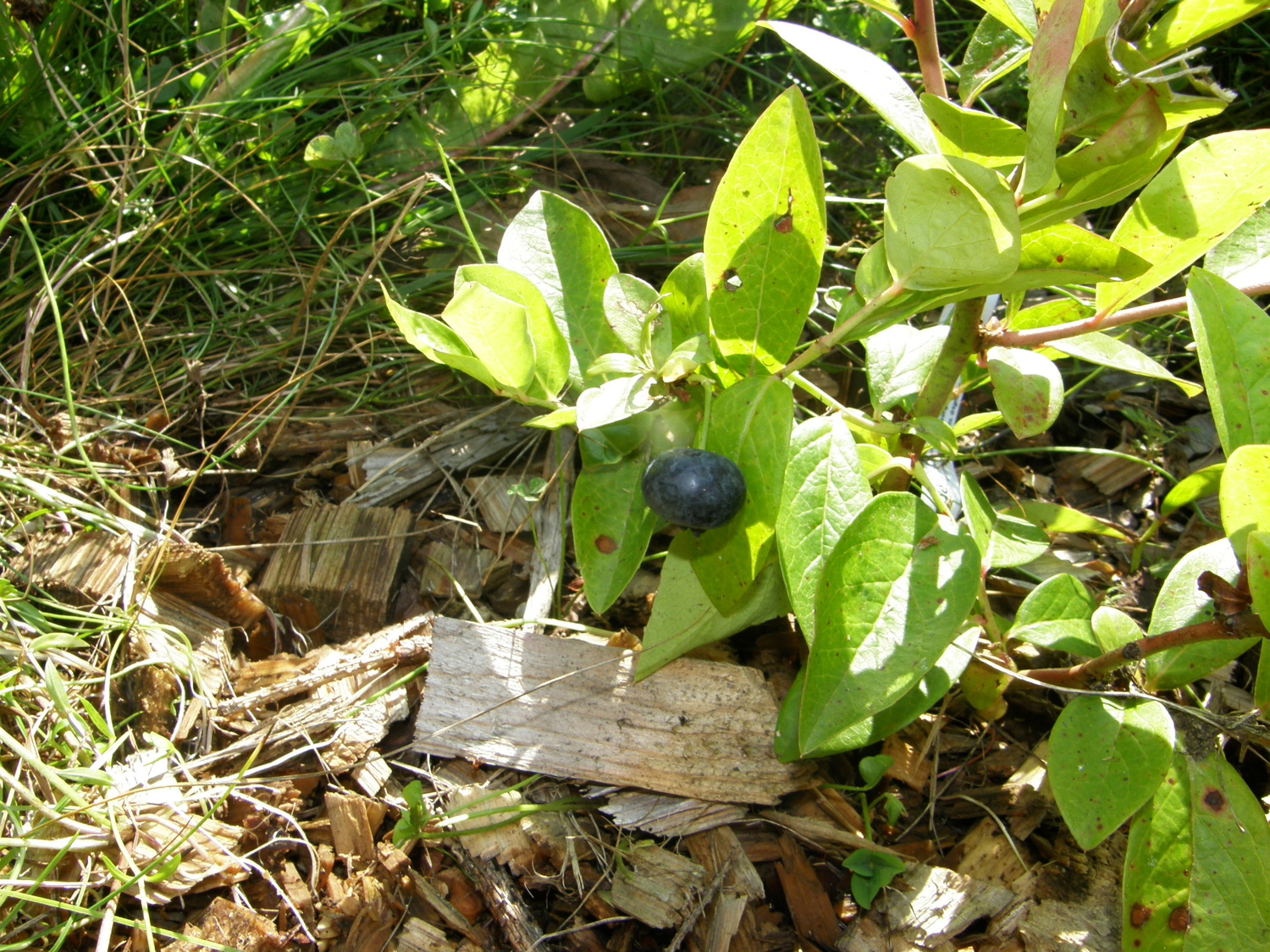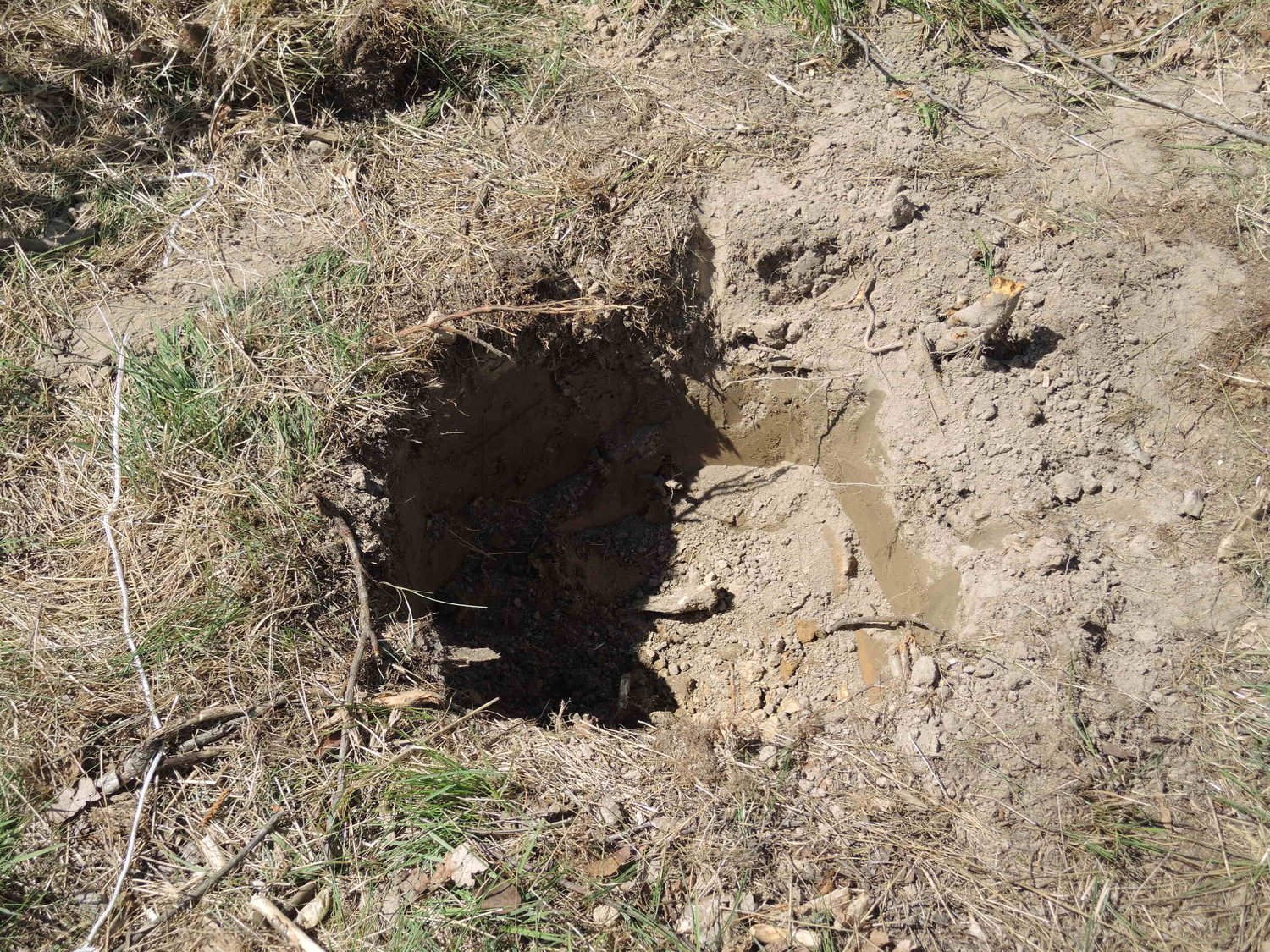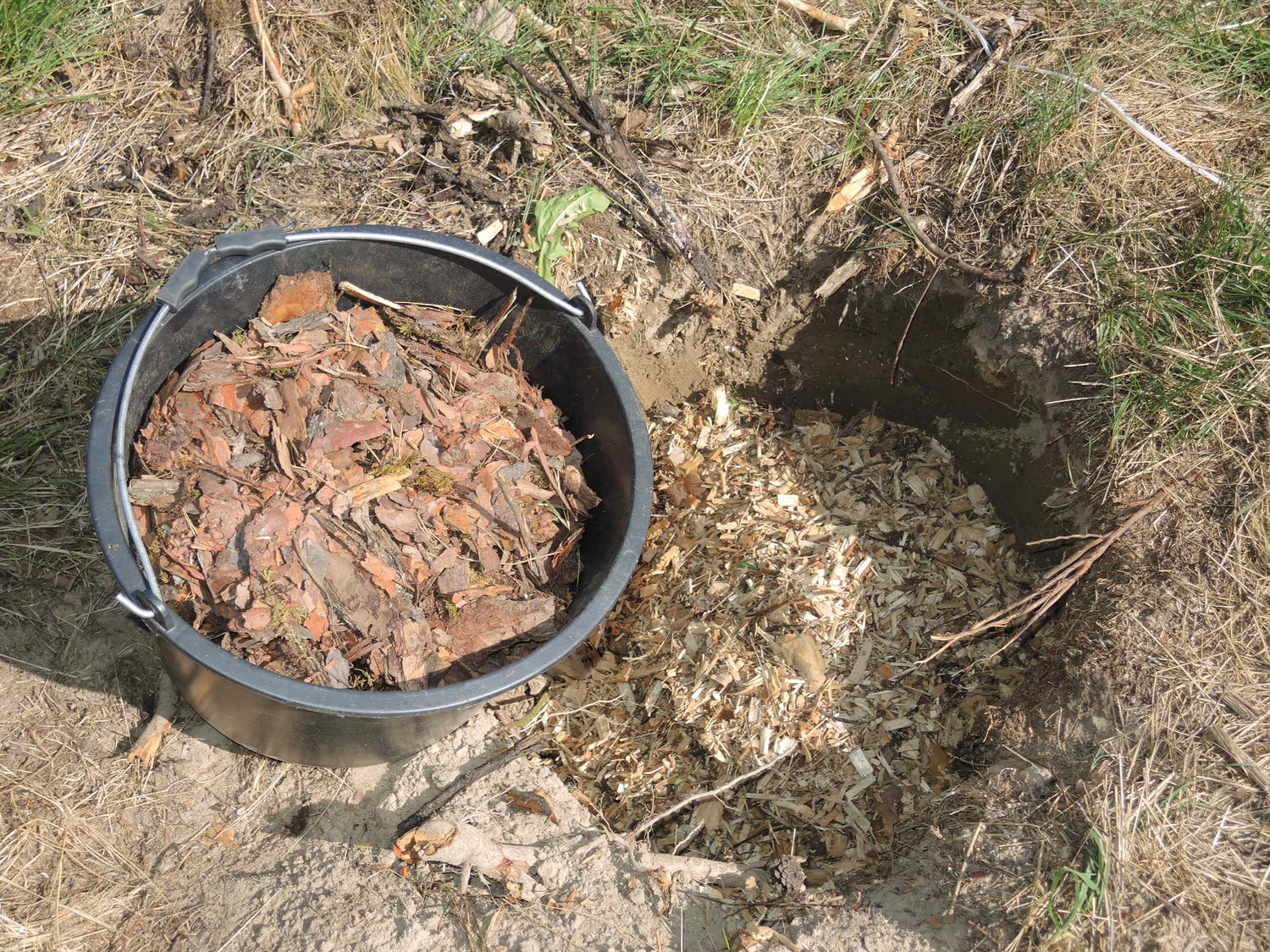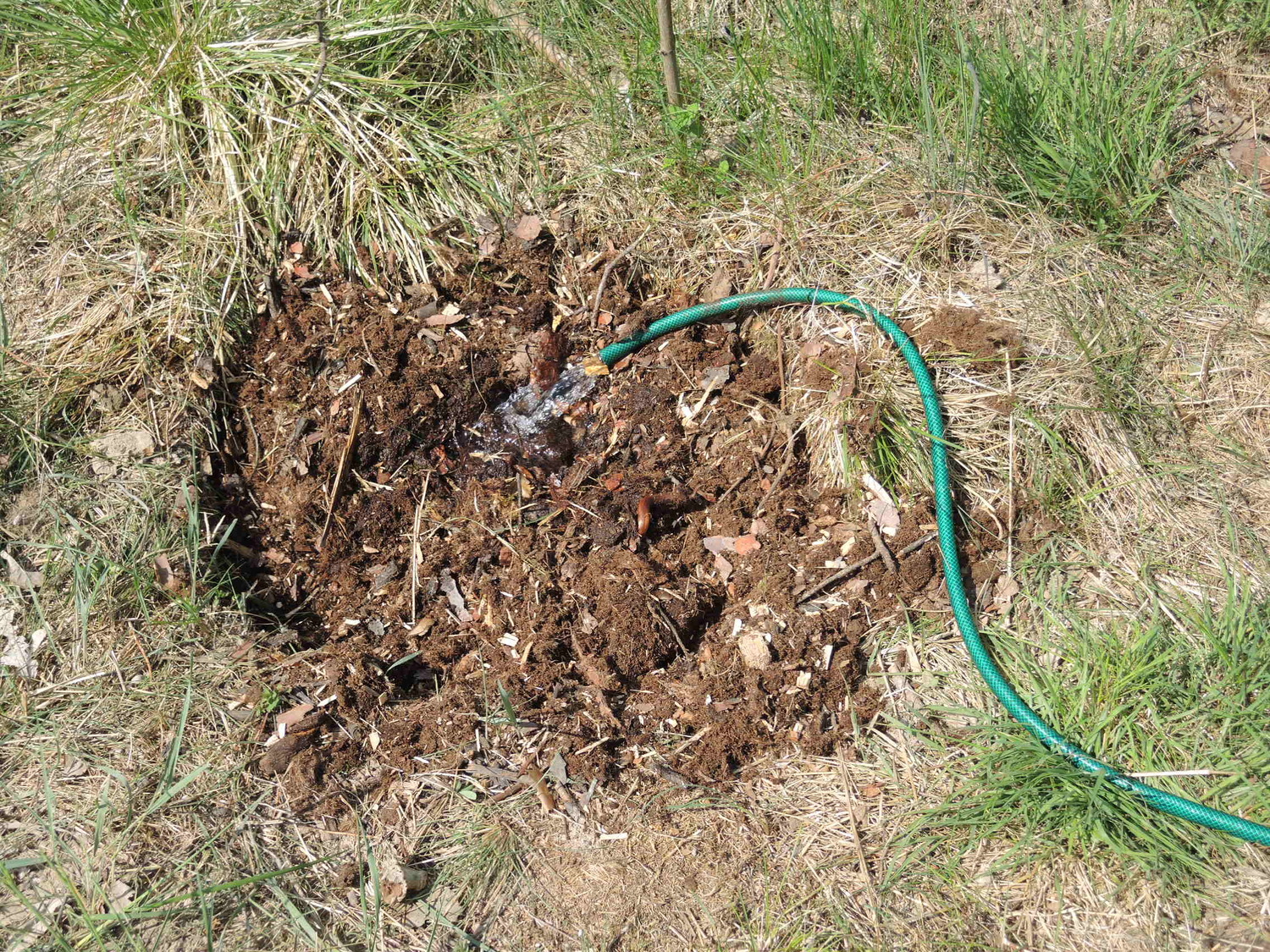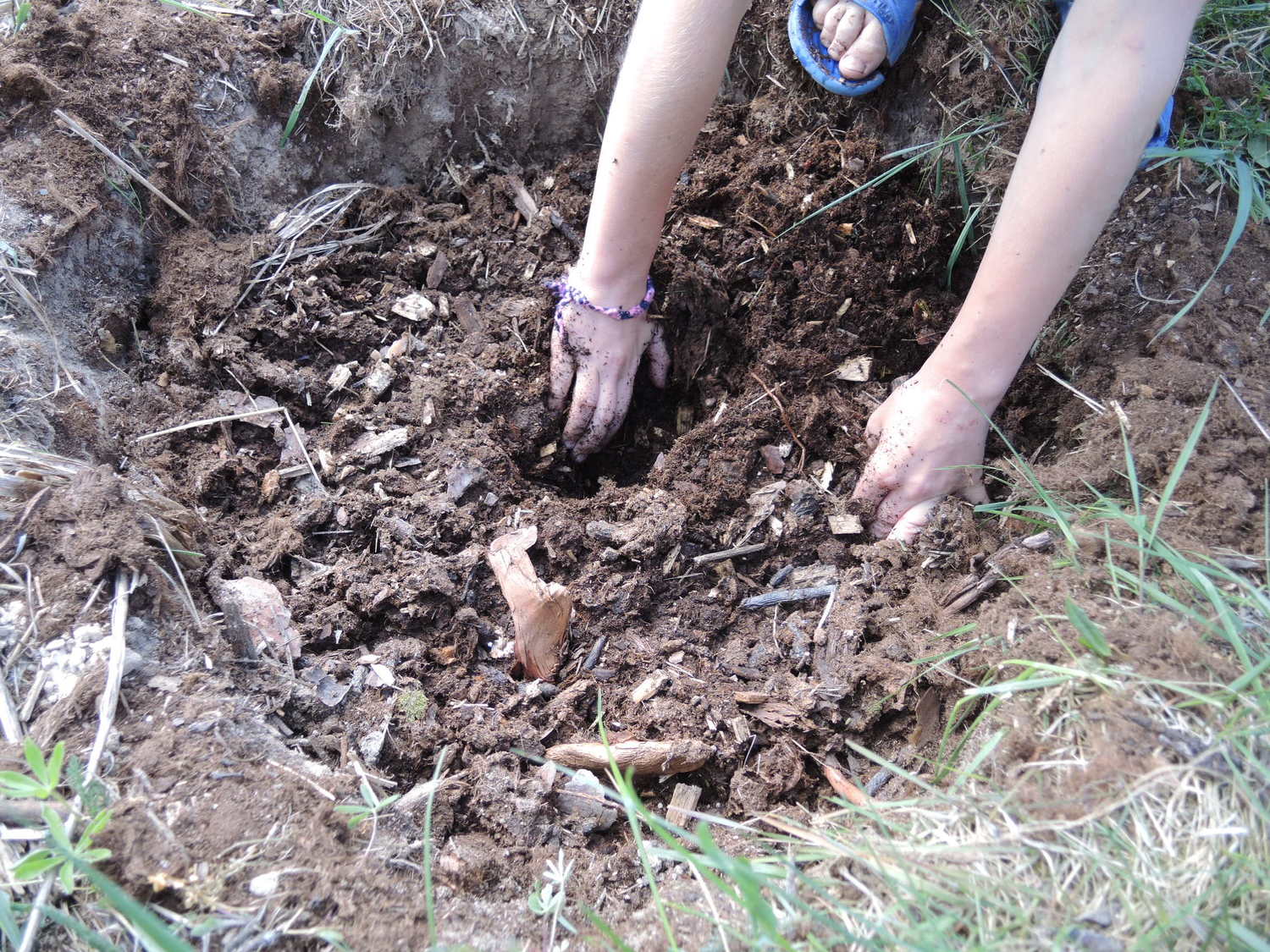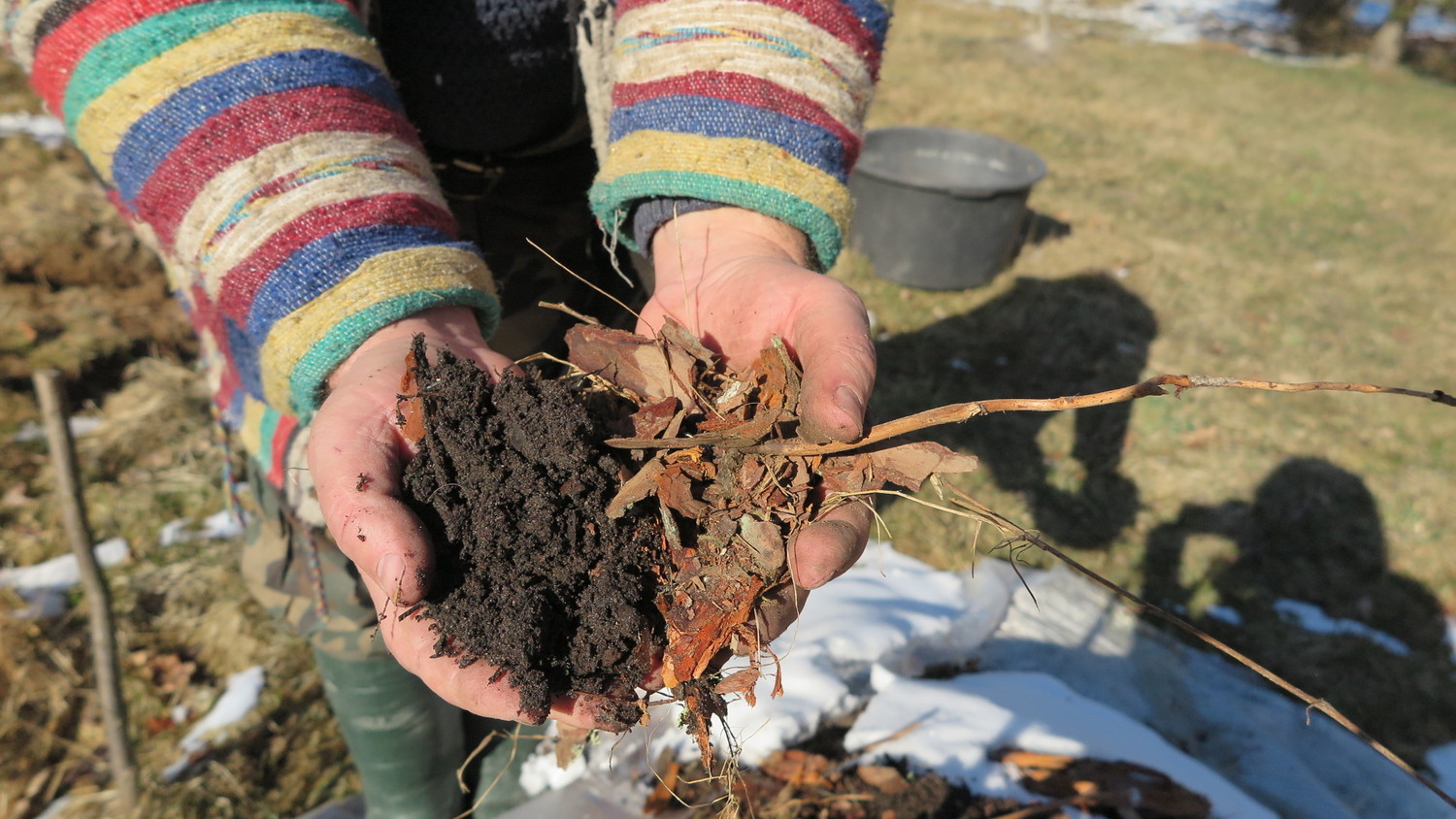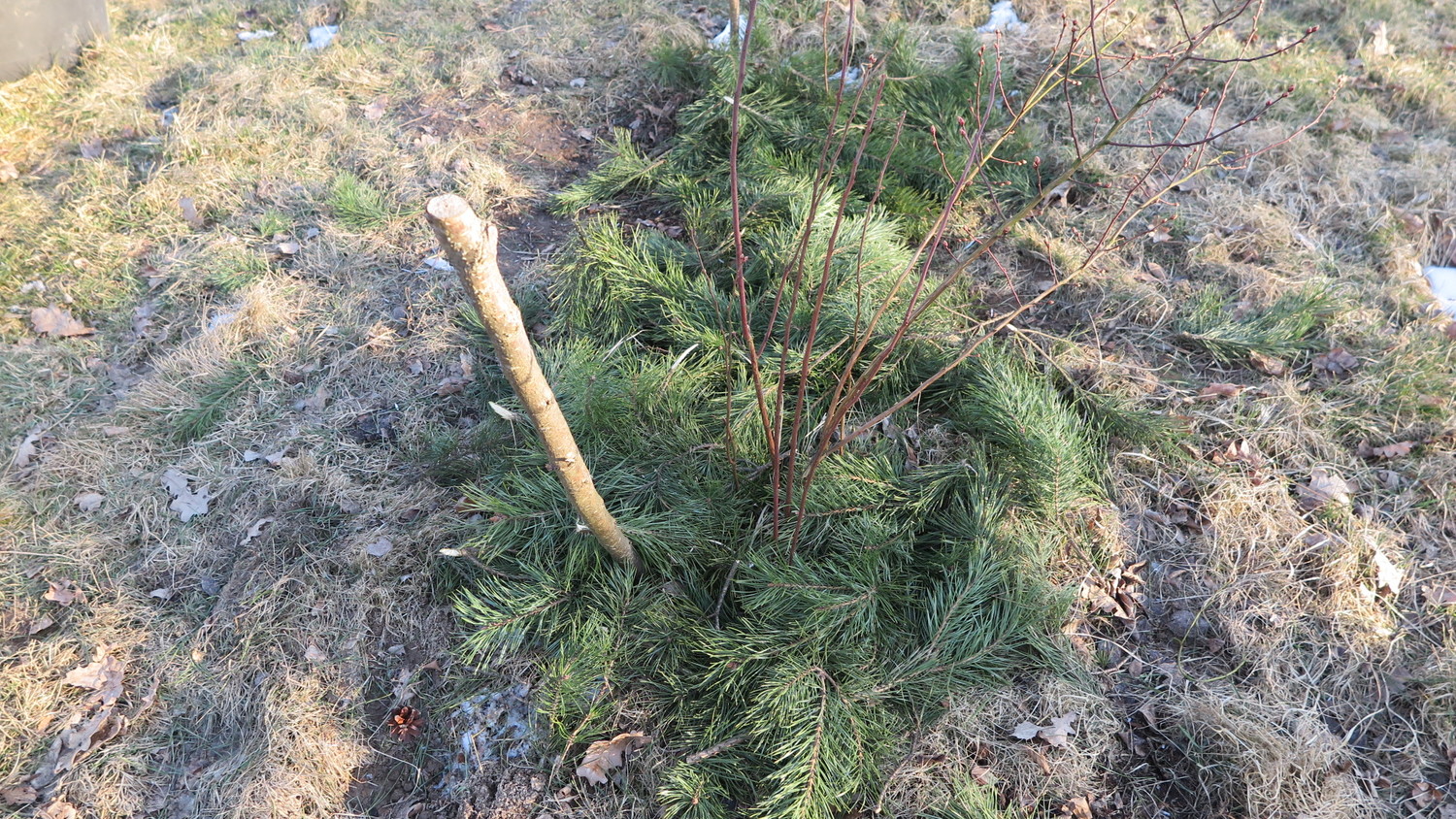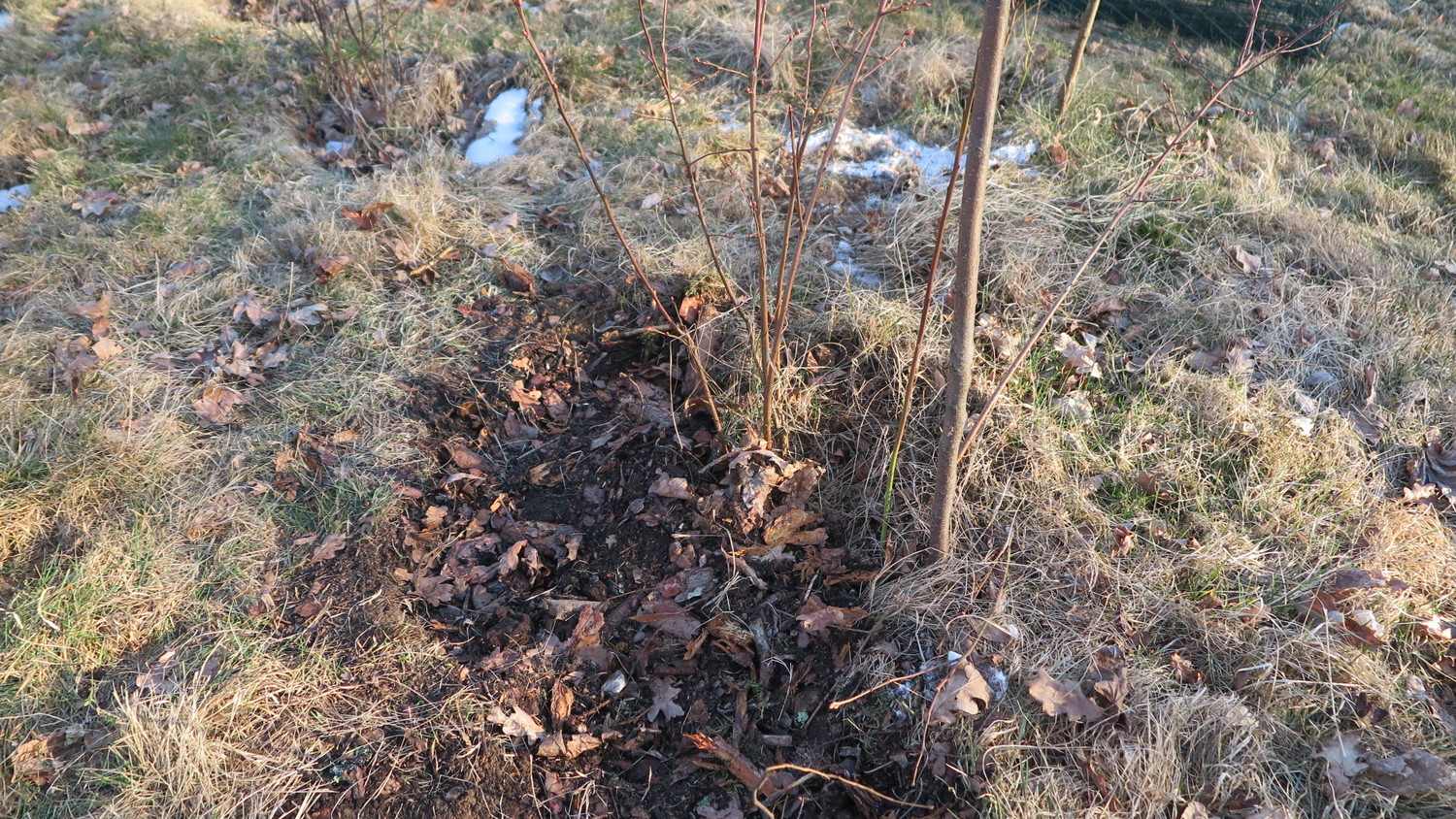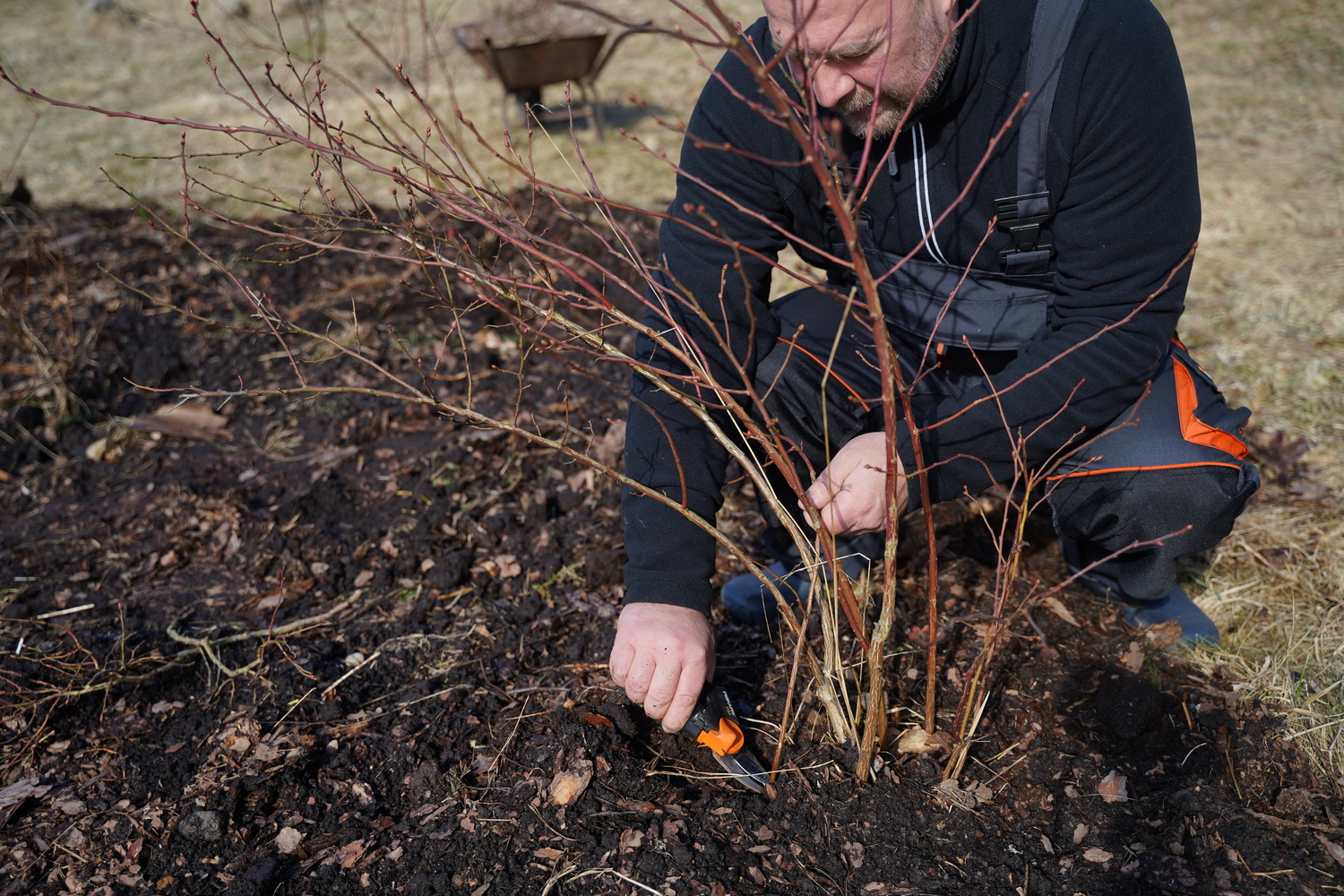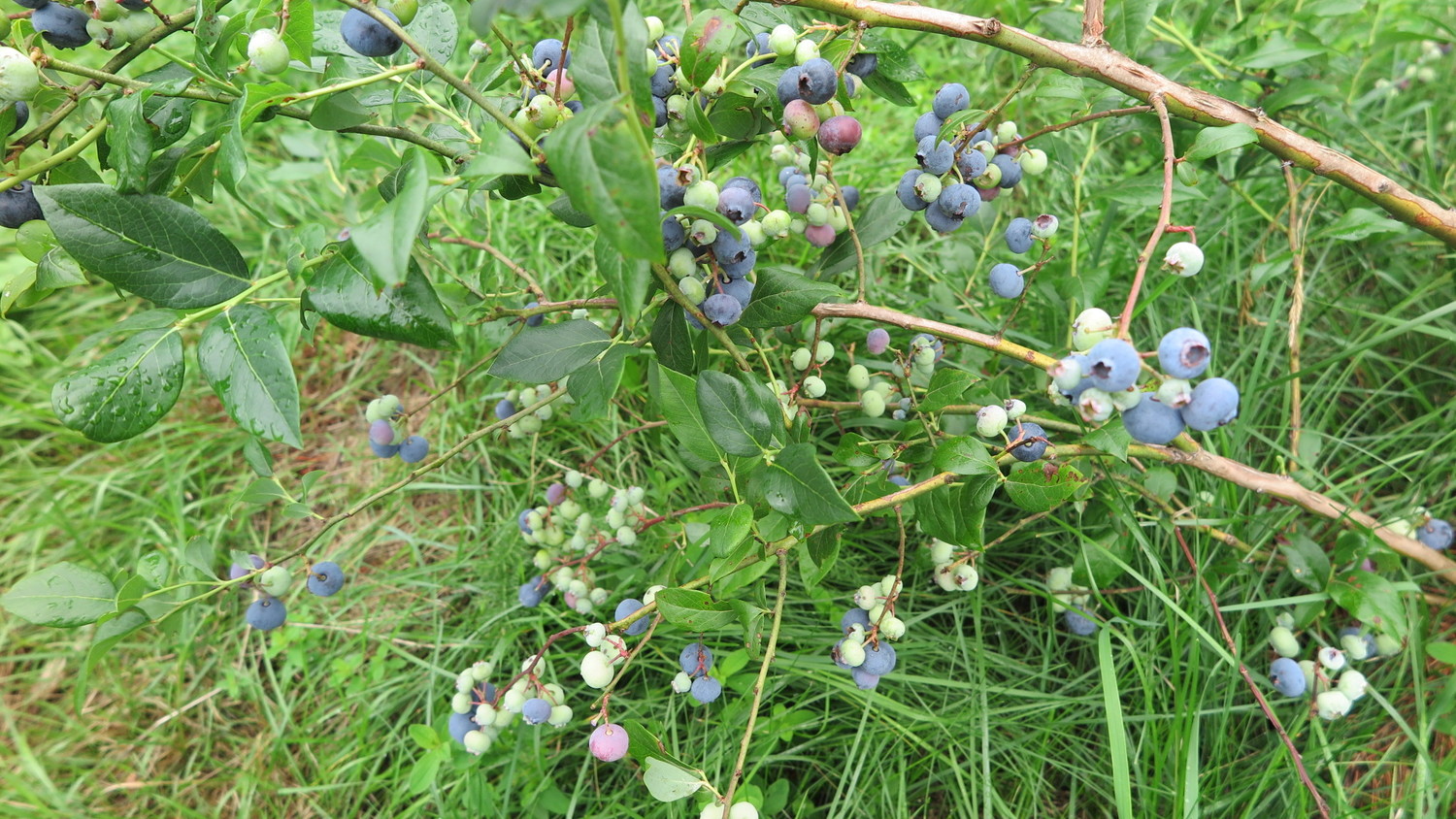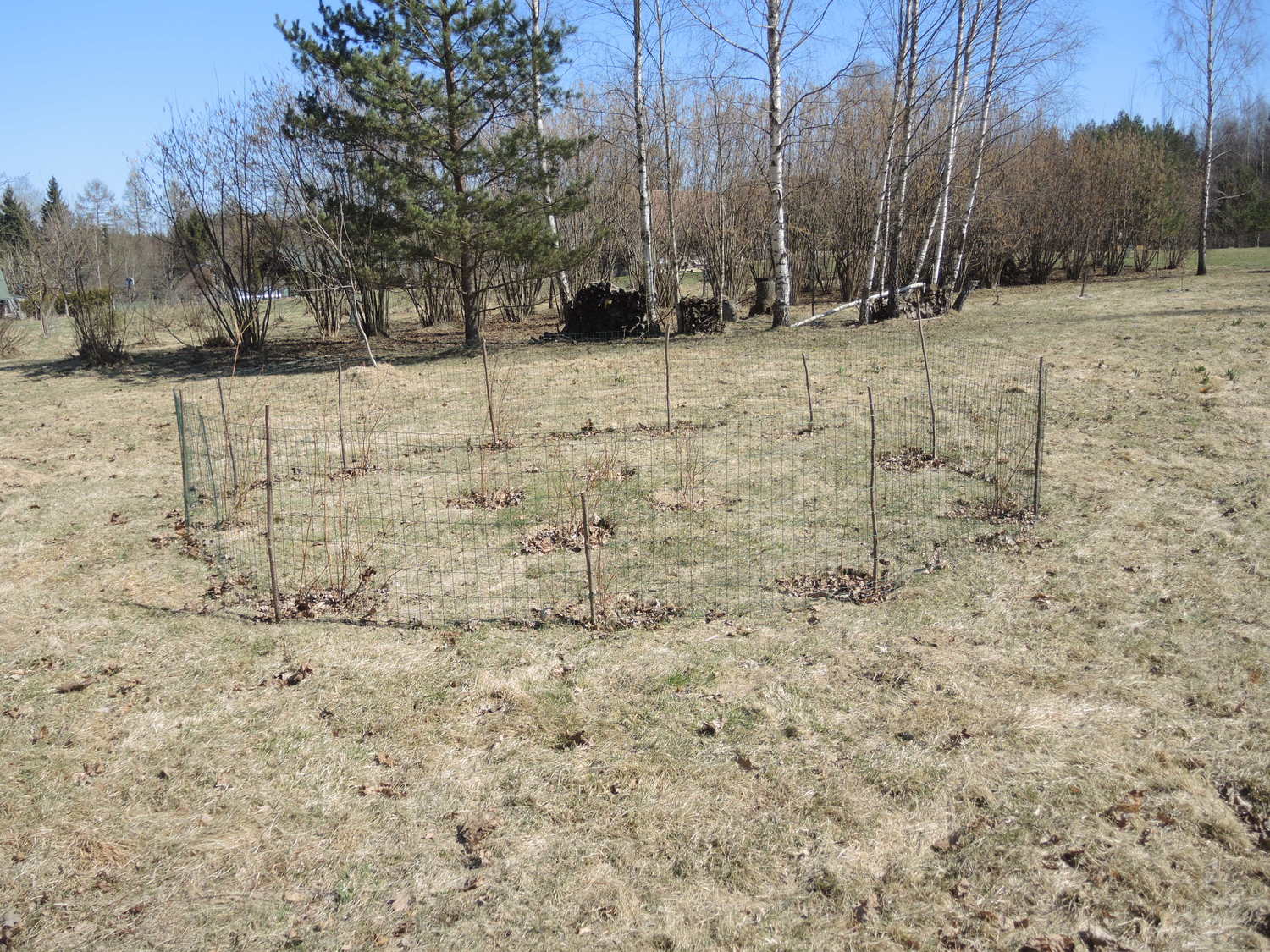Table of Contents
Cultivated blueberries are a domesticated version of wild blueberries that grow in pine forests and near swamps. On a genetic level, cultivated blueberries have inherited many traits from their wild "ancestors"—such as a preference for acidic soil and a coniferous environment.
When to Plant Blueberries
Blueberries are typically planted in early spring, before the buds swell — around the beginning of April.
Soil Mixture for Blueberries
- Suitable soil type for blueberries: acidic, peaty, loose, well-drained, moderately moist but not waterlogged.
- Unsuitable soil types: neutral, alkaline, arid, overly dry, sandy, clayey, excessively wet, or soggy. Over-fertilised soils, especially with organic fertilisers like manure, are not recommended. Groundwater closer than 0.5 meters from the soil surface is undesirable.
- The preferred soil pH for blueberries: 3.5–4.5.
- Check the soil pH using litmus paper.
- An ideal location for growing blueberries is well-lit and open but sheltered from strong northern winds — preferably facing south, southeast, or east. The area should also be fenced off to protect the plants from hares.
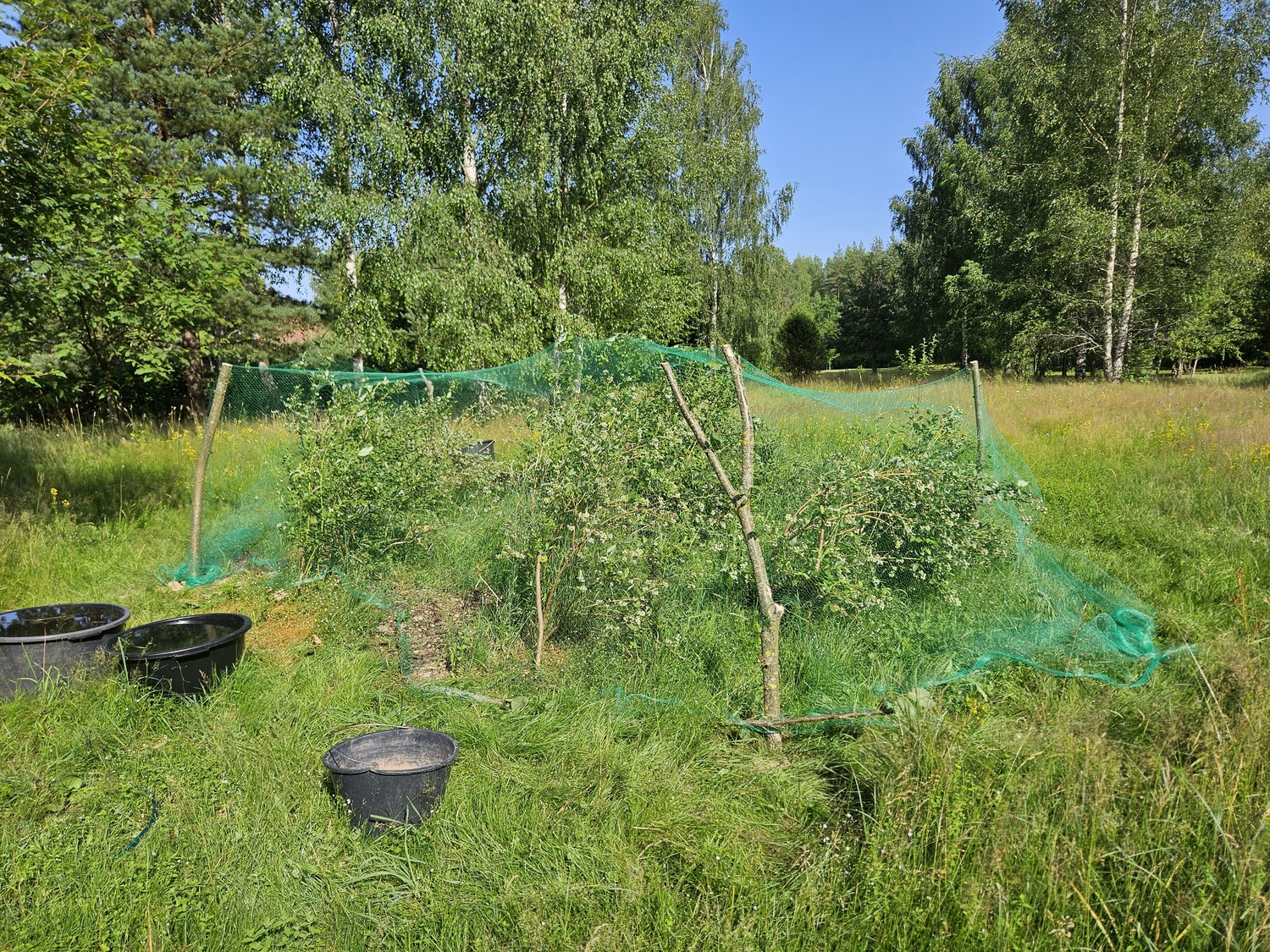
- Poor location for blueberries: windy, constantly waterlogged, very low-lying, dark, or shaded — berries grown in such conditions will be sour and small.
- Compatible plant neighbors for blueberries: cranberries, bilberries, conifers, junipers, viburnums, rhododendrons, currants, raspberries, thyme, cucumbers, potatoes, parsley, and peas.
- Incompatible neighbors for blueberries: apple trees, pear trees, cherry trees, beets, beans, pumpkins, carrots, eggplants, sea buckthorn, and apricots.
Preparing Blueberry Seedlings for Planting
We recommend choosing blueberry seedlings with a closed root system in containers. This type of blueberry planting is the most common for spring.
For planting, 2-3-year-old blueberry seedlings are best suited. It would be practical to plant different blueberry varieties. The best option is to choose varieties with different ripening periods. This way, the fresh berry picking season can be extended.
The drooping branches should be trimmed – this way, the shrub will grow better and faster. However, pruning should be done carefully. It’s best to leave the first pruning until after a couple of years.
If there are many spots on the stems and leaves, it means the seedling is infected with a disease.
Before planting, the blueberry roots, along with the container, should be immersed in water for 10-20 minutes.
Preparing the Hole for Blueberries
The holes for blueberry seedlings should be dug 15-20 days before planting.
Blueberry roots grow wide but not deep. Considering this growth characteristic, the hole should have an appropriate configuration
The average hole sizes for a blueberry seedling are:
- 40-50 cm in depth,
- 0.7-0.8 meters in diameter.
For commercial cultivation, blueberries are planted in rows. This makes it easier to plant, maintain, irrigate, and harvest the berries. In large areas of a homestead, blueberries can be planted as a useful landscape element. When planted in a circle, they form a zone of low bushes. Such a zone is easy to protect from rabbits. You can dig several circles of holes, one inside the other.
- The distance between the holes in the circle should be 0.6-0.8 meters.
- The internal distance between the circles should be 0.7-1 meter.
In light soils, gardeners line the bottom and sides of the hole with plastic film. This protects the blueberry roots from unsuitable soil types and materials. In clayey soils with high groundwater levels, a drainage layer is created at the bottom of the hole.
To fill the hole, a mixture of sawdust, peat, and forest soil substrate should be prepared, strictly avoiding the use of animal manure, compost, and similar organic fertilisers. These are harmful to blueberries. Similarly, mineral fertilisers should not be used in the hole mixture.
Mixture options:
- Old conifer sawdust, wood chips (not fresh) - 33%, highland peat - 33%, black earth (from pine or spruce forests) - 33%.
- Fine decomposed conifer sawdust (not fresh) - 50%, highland peat - 35-40%, forest soil - 10-15%.
- The hole is filled in layers – conifer sawdust and wood chips at the bottom (for future root growth), with peat on top. Alternatively, everything can be mixed right away. Forest soil is very beneficial for blueberries due to the valuable microorganisms it contains. These microorganisms accelerate plant establishment and the development of hyphae.
The peat-sawdust mixture in the hole is watered with 10 liters of water. The water should be absorbed by the time of planting the blueberry. To increase acidity, you can add 2 teaspoons of lemon, vinegar, or apple acid to the mixture.
Blueberry Planting
In the center of the moistened mixture, a smaller hole is dug, large enough to fit the seedling’s roots from the container. The hole can be slightly filled with old conifer sawdust, which provides an excellent "native" environment for the development of blueberry roots.
The blueberry seedlings’ roots, soaked in water, are placed into the hole with the sawdust substrate. If the roots are without a container, they should be straightened in the hole to prevent them from getting tangled.
The blueberry root collar should be left buried at a depth of about 5 cm. In any case, the planting depth should be the same as in the container where the seedling was grown.
Immediately after planting, the blueberry seedling should be watered with 1 bucket of water and mulched around its base with pine bark, spruce, wood chips, or conifer sawdust (a 5 cm layer).
Blueberry Care
Blueberry Irrigation
New blueberry bushes should be watered once a week, applying 10 liters of water per plant, especially during the first month. They need a lot of water, but the water must be poured into loose, aerated soil for it to absorb the water well rather than stagnating. Some people water them twice a week.
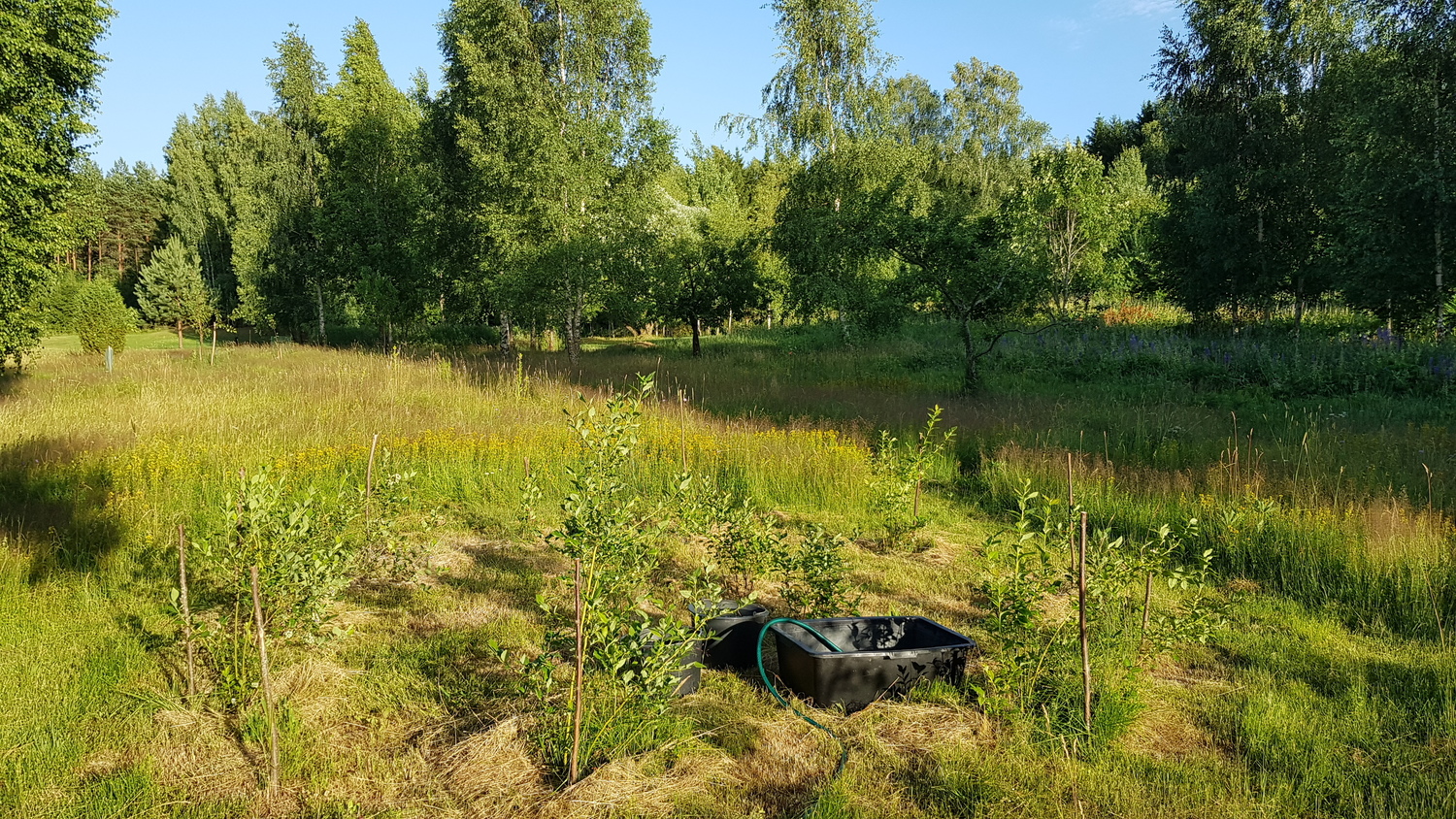
Blueberries especially prefer warm, highland peat water. If there is such a water source nearby, it’s best to draw from there. Watering blueberries with acidified water promotes better growth and yields.
During dry periods and harvest time, the watering frequency should be increased to 3 times a week. After each watering, mulching blueberries with conifer sawdust, wood chips, bark, or spruce needles is recommended.
During prolonged rainy periods, watering should not be stopped, but it should be reduced to twice a month.
Blueberry Fertilisation
Blueberries do not tolerate organic fertilisers such as animal manure, compost, or slurry. In the first year, blueberries should not be fertilised at all.
Starting from the second year of growth, fertilisation with minerals begins – before bud swelling and during flowering. The preference is given to sulfate-based substances that increase acidity:
- Ammonium sulfate – 90 g,
- Superphosphate – 100 g,
- Potassium sulfate – 40 g.
These 3 substances are mixed, and the dosage of the mixture for the blueberry bush depends on its age:
- 2-year-old blueberry – 10 g of the mixture,
- 3-year-old blueberry – 20 g,
- 4-year-old blueberry – 40 g,
- 5-year-old blueberry – 80 g,
- 6 years old and older blueberry – 160 g.
Feed the plant through the leaves when you notice certain signs of micronutrient deficiencies (for example, yellowing leaves indicate a lack of nitrogen and iron, while red or brown leaf edges signal a deficiency in phosphorus, potassium, or magnesium).
For adult 3-5-year-old blueberry roots, as they grow, the old peat-sawdust substrate in the hole is no longer sufficient. In this case, a new substrate can be added.
To do this, the hole is expanded from the side, and the free space is filled with a new substrate made of peat, conifer sawdust, and bark. Later, the procedure is repeated from the other side.
Blueberry Pruning
Blueberry pruning can be done no earlier than the second year of growth. The first-year plants do not require pruning yet.
2-year-old blueberries should be pruned before the start of vegetation, around mid-March, by shortening the weaker stems. This will stimulate stronger growth.
The pruning of 5-6-year-old blueberries is aimed at removing weakened, old stems. The timing is before the start of vegetation, avoiding damp weather. The sunlit spot is reserved for 6-8 strong, productive, and well-developed stems with healthy branches.
Blueberry Diseases
| Disease | Symptom | Cause | Consequences |
| (Botrytis) Gray Mold | Flower browning. Gray fungal growth on the berries. | Wet, cool weather, shade. Failure to remove infected stems and fallen berries in time. Fungicides not applied on time (before/after flowering). | Berry rot in the garden and storage. Risk of infecting healthy berries. |
| Moniliosis (Brown Rot) |
Flower browning. The berries are colorless and shriveled. Leaf drying. Grayish-pink leaves. |
Low and damp area. Failure to remove damaged stems in time. Infected and mummified berries not removed on time – the pathogen overwinters in them. | Berries are shriveling, drying out, and falling off. |
| Scorching | Pink spots on the stems in spring and summer. Dead, peeling bark on the stems. | Rainy weather. Excess moisture. Failure to prune damaged stems in time. Very young fruiting bushes. | Death of young stems and leaves. |
Prolonged wet weather conditions can lead to blueberry plant diseases.
Blueberry Pests
| Pest | Causes | Consequences |
| Spider Mite | Hot and dry summer. Mild winter. Overly dense bush and stem growth. Failure to apply insecticides and acaricides on time. | Bud, flower, and fruit bud exhaustion. Berry deformation, poor-quality yield. |
| Aphids | Mild winter. Weeds in the vicinity. Failure to apply insecticides on time. | Leaf and shoot exhaustion. |
| Hares, Birds | Blueberry plantations not fenced or protected with nets in time. | Loss of part of the harvest. |
| Cockchafers | Unplow undisturbed soil before planting. Unchecked substrate – it could contain larvae. Failure to catch weevil beetles in time. Failure to apply treatments on time. | Chewed leaves, flowers, roots. Reduced yield. |
Protecting blueberries from hare interference.
Blueberry Varieties
Blueberry varieties differ in their earliness-lateness and shrub height: low-growing and tall-growing. In our climate, it is worth choosing early and mid-season varieties, as they ripen in summer, before the frost period, unlike late varieties. Some late varieties are cold-resistant.
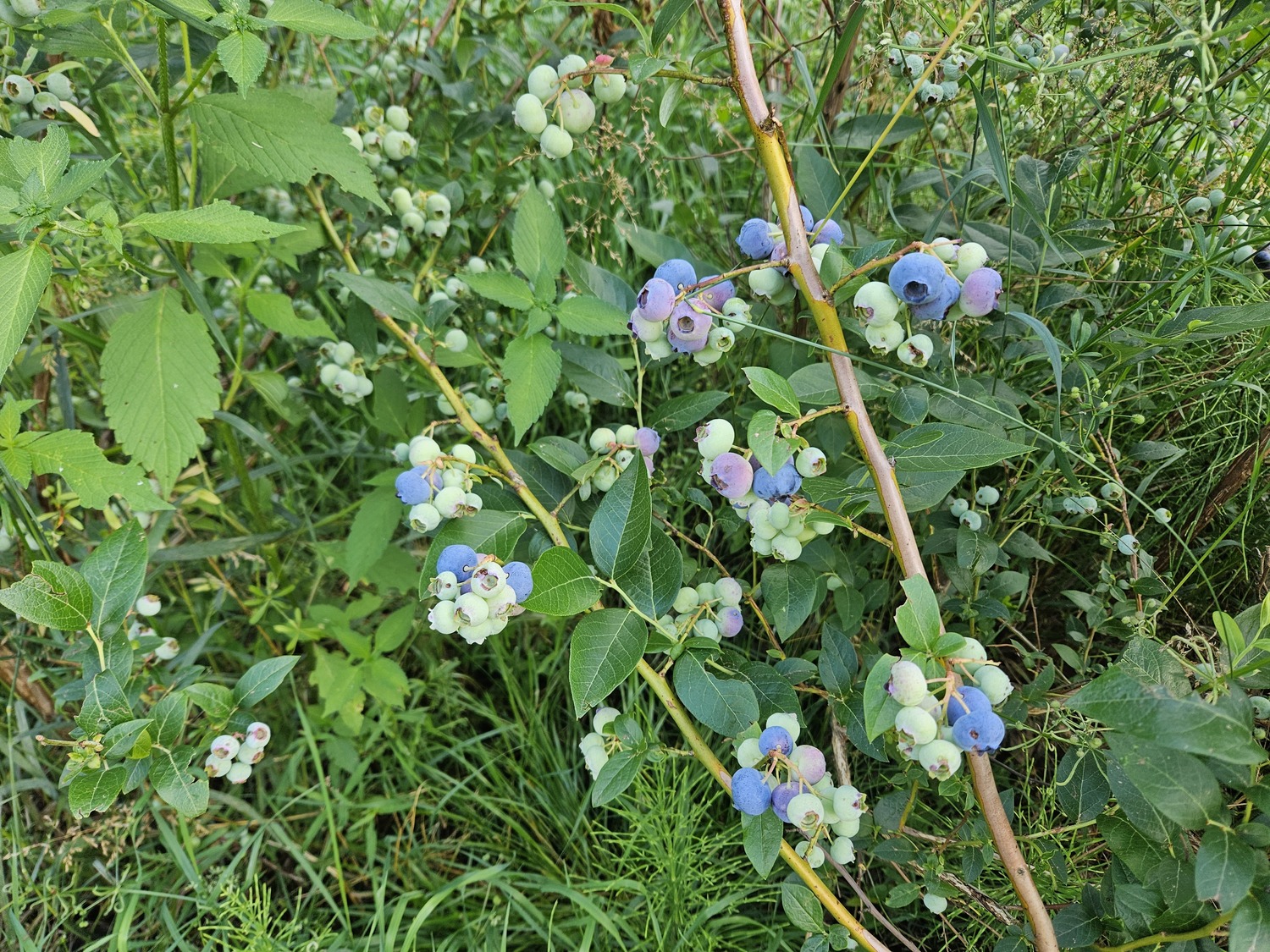
Many blueberry varieties do not ripen at the same time.

